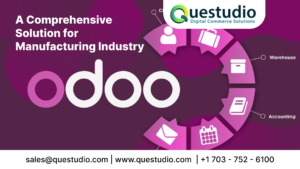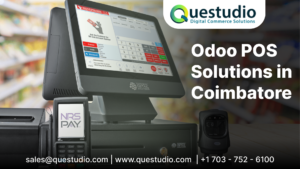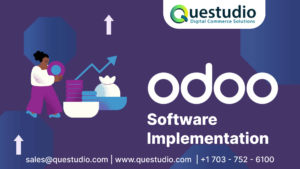Product Content Management (PCM) is a feature that is offered in almost all e-commerce solutions by default. PCM mainly offers data enrichment capabilities. Data enrichment encompasses the ability to add or delete product descriptions. It also includes adding more product features such as images, attributes etc. PCM also includes adding the classification of products as a capability. This helps maintain a single source of truth for all product related information. PCM helps to consolidate the data scattered across the whole enterprise. It also includes enriching the consolidated data and publishing it.
It provides for an environment in which marketers, price managers and product managers can all collaborate. Thus, giving an opportunity for publishing rich customer experiences. It also enables a seamless experience for customers across all channels.
A Product Information Management or PIM system usually goes even further than just data enrichment. It has additional mechanisms that apply to B2B systems. It provides extra components like data quality, aggregation and syndication. Aggregation involves consolidating multiple data sources and data formats into a single data source. Data quality can be maintained with normalization of data to get consistency and reliability along with ability to remediate problematic data. Syndication is the process of pushing out data to all kinds of customers, channels and partners.
PIM is the process focused on managing product data. It includes the processes and technologies that are employed to market and sell products through multiple distribution channels. Centralized product data can be fed to multiple media such as print catalogs, websites, ERP systems etc. PIM usually caters to multiple locations geographically and data in multiple languages. It enables transmitting consistent and accurate information in a cost effective manner.
PIM also provides capability to automate data processes and thus includes data asset management. It has automated and trusted data quality process. This enables data transparency and role based views for the business. A detailed user concept is thus available for business process management. It also offers pre built user interfaces that are configurable and editable. One can view channel previews on various commerce systems.
Thus many manufacturing companies and distributors face the dilemma of choosing between PIM and PCM. If an organization is equipped with tools that allow data aggregation, data quality and syndication, then the organization does not need a PIM system. Product content management is all that the organization needs to enrich the company’s product data. However, an organization that does not have any centralized data system that consolidates information should incorporate PIM. PIM will provide a single system for recording data. The governance of large product catalogs will most likely need more than a PCM solution.
A distributor that needs to consolidate information from all his vendors and data providers would face data in multiple formats that required normalization, categorization and quality. This would call for a PIM solution. Another manufacturer that requires distribution of consolidated data through different channels would need data cleaning and enhancement as per each channel’s requirement. Thus, he would need a PCM over a PIM solution.
Related Posts
Product Information Management
Product Information Management System





